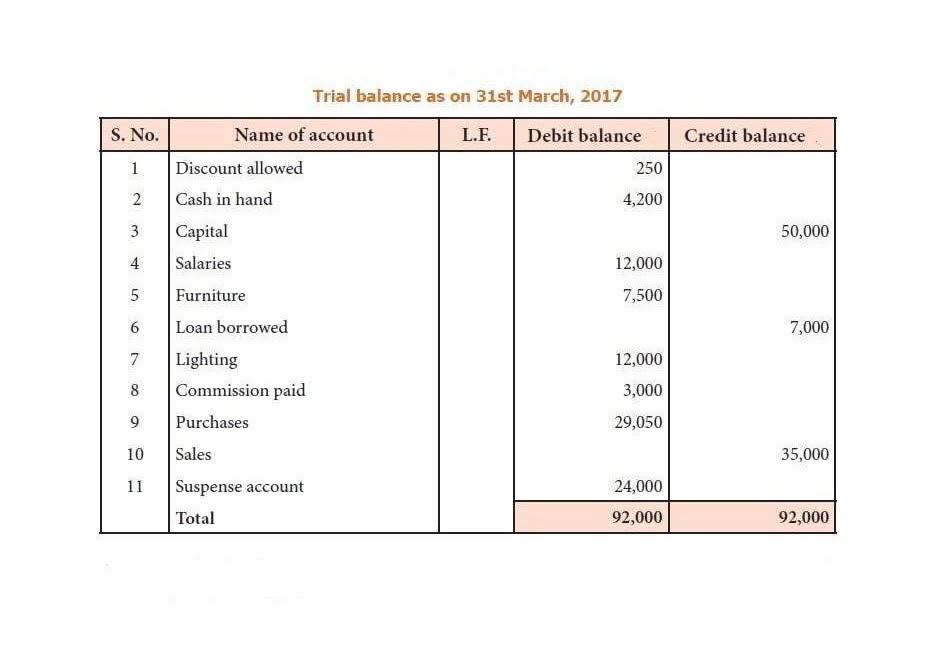
Thus, the raw material inventory is accounted for in a proper format on your company’s income statement and balance sheet. Raw materials inventory involves the items used to make finished products, such as commodities or components that businesses buy or extract themselves. In other words, it’s all the stock that still has to go through manufacturing. Inventory, also called stock, is any type of material, goods, or merchandise a business has for sale or for production. Inventory can include raw materials, component parts, work in progress, finished goods, or any packaging. Inventory accounting also helps businesses find opportunities to types of inventory accounting reduce costs, such as by sourcing from new suppliers, using inventory control systems, and automating business processes.
Maintenance, repair, and operations (MRO)
A company will want to focus on these items to increase sales and net profit margins. Inventory analysis may influence the choice of inventory control methods, whether just-in-time or just-in-case. QuickBooks Enterprise supports warehouse logistics with the ability to track inventory down to the row, shelf, and bin. Businesses can also track products by lot number or serial number for precise inventory control.
Periodic vs. perpetual inventory accounting systems
- If a finished good is sold to a customer, it is no longer known as a finished good, it is merchandise.
- By unmasking these misunderstandings, you can acquire a more accurate picture of inventory types and apply this knowledge to your business more effectively.
- If your business deals with inventory, you need to know all of what we laid out in this article.
- By ensuring older inventory was sold first, they reduced waste and improved profit margins.
- The following examples demonstrate how the different types of inventory work in retail and manufacturing businesses.
- In a resale business, all goods purchased for resale are considered inventory.
Category B consists of stocks that are of moderate value and with decent sales frequency. In category C, you have inventories with low value having high sales frequency requiring minimum inventory control. You can segment your inventory to understand which products you need to order in more quantity and more frequently. Furthermore, you can identify which products are more critical in best-selling and slow-moving products. Experts suggest you categorize your inventory into items you need less of to most of.
- This method uses automated systems for real-time tracking of inventory changes, recording every sale, return, or addition instantly.
- It includes your best-selling products that require the least storage space and cost.
- FIFO inventory accounting presumes the earliest-received stock will sell first.
- We’ll explore the different types of inventory, the importance of accurate valuation, and the various inventory accounting methods available.
- Businesses can use up to four levels of inventory categorization, allowing users to view inventory by specific categories as well as bulk move items from one category to another.
What Is Inventory Turnover?
This piece will delve deeper into some of the most widely implemented inventory control techniques. Decoupling inventory includes any extra components or raw materials that enable a manufacturer to continue production in the case of supply stock outs or a breakdown. Inventory is typically composed of several moving parts before completing the finished goods. Having a decoupling inventory can reduce any bottlenecks and decrease the odds of production stopping completely. There are many different types of inventory that move through the process, from raw materials to works-in-progress and, finally, a finished product. If you’re looking to understand and gain more inventory control this year, read on to learn the nine different types of inventory that exist.
Automate and error-proof your asset inspection process.

Two popular types of automated inventory management systems are the Barcode System and the Radio Frequency Identification (RFID) System. Manual systems can be cost-effective and straightforward for small businesses with a limited stock range. It allows these businesses to have a certain level of control over their inventory without the need for substantial technical knowledge or software investment. Such a system significantly lowers the risk normal balance of overstocking or understocking, enables faster response to changes in demand, and can aid businesses in maintaining optimal inventory levels. However, it requires consistent monitoring and a larger investment in automation and technology.

types of inventory stored off-premises

One is the proper implementation of inventory management in the supply chain for any business to prosper. Service inventory is how much of a particular service your organisation can provide customers in each inventory accounting period. If you have three technicians who can do five installations a day, your service inventory will be 75 installations per week. Just-in-case stock control is a strategy for managing inventory with minimal risk of stockouts.

All About Inventory Valuation
This category is significant as it helps businesses track progress in the production process and manage inventory turnover. Inventory analysis is the act of examining and assessing a company’s inventory to acquire insight into its performance, efficiency, and effectiveness. This includes any raw materials needed in the production of goods and services, as well as any finished goods that companies sell to consumers on the market. Managing inventory and determining the turnover rate can help companies determine just how successful they are and where they can pick up the slack when the profits begin to dry up.
Orchestration and automation for your entire supply chain.
- Classifying inventory can be a lifesaver during tax time when accounting for Cost of Goods Sold (COGS), which ultimately tells you if your business was profitable.
- With careful consideration and implementation of inventory accounting strategies, businesses can effectively manage their inventory assets and drive success in today’s competitive market.
- Furthermore, decoupling inventory only applies to businesses in the manufacturing line.
- As per the Accrual System of Accounting, you need to record inventory using the following journal entries.
- Working out landed costs is challenging; although your suppliers and customs brokers invoice you promptly, transport providers regularly take several weeks to send you a bill.
This means production only commences when there is a customer order, leading to almost no finished goods inventory. Digital inventory does not refer to physical products Partnership Accounting in the traditional sense. Instead, it often refers to digital assets like eBooks, software products, digital music, or even advertisement space on a website. While these items can indeed constitute a business’s stock, their digital nature makes them infinite and instantly replenishable, distinguishing them from traditional finite inventory. A popular retail grocery store like Tesco, for example, might keep a buffer inventory of staple food items like bread, milk, and eggs that are in constant demand.
